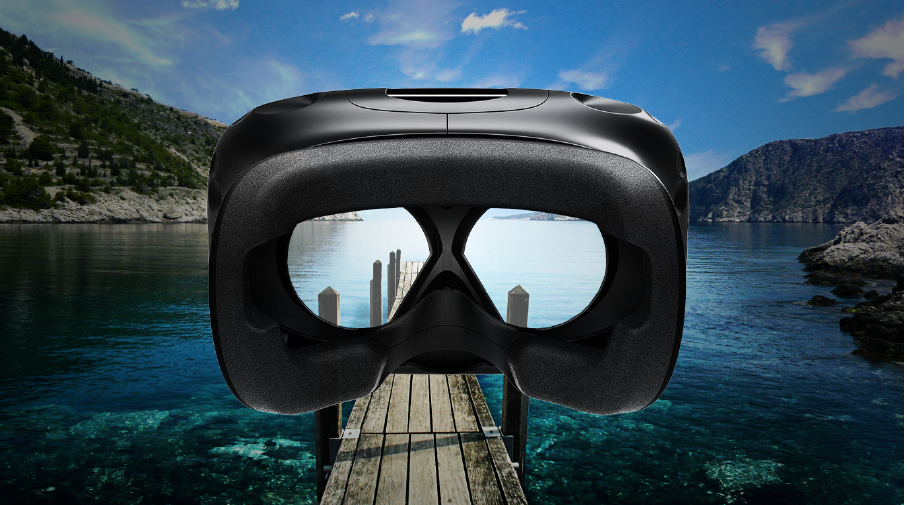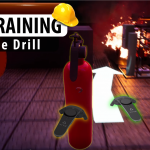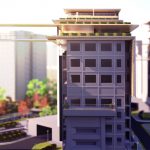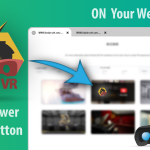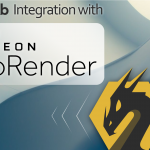What is VR?
You probably heard of VR here and there, but you only have a basic image of what it actually is. Virtual Reality (VR) is a technology that allows users to experience and interact with 3D computer generated virtual environments in real time. Some key factors of the VR System are; interactivity’’ and ‘’immersions’’; by means of becoming part of the virtual experience, having a sense of presence, and ability to control and interact freely with the surroundings.
While the real world is experienced through our five senses to their full potential, VR is experienced mainly through two of them: sight and sound. Sight forms the majority in capturing and passing information of the surrounding to our brains, the visual stimulations in any given environment are the most important in providing the feeling of being completely immersed.
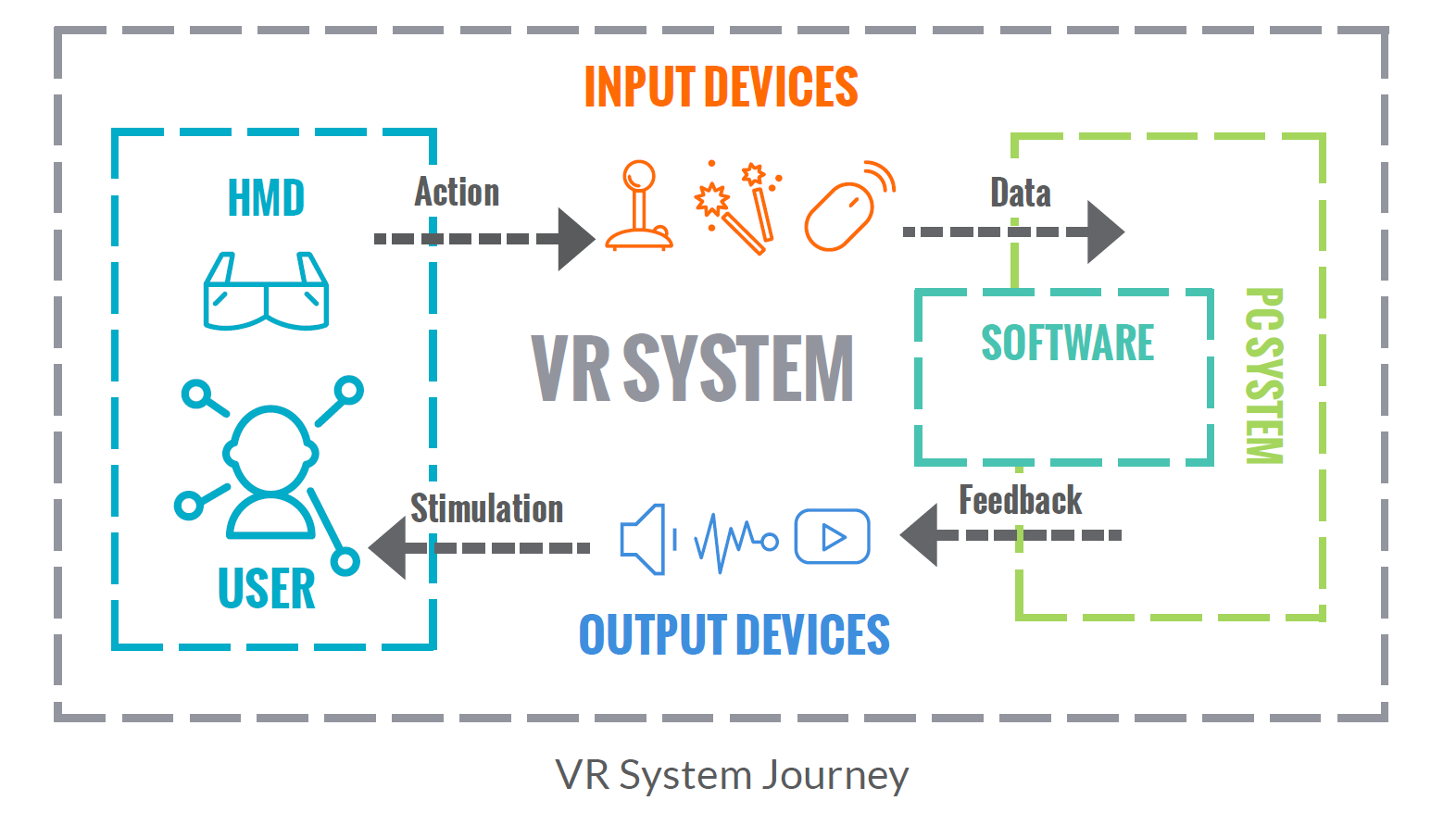
VR isn’t just another trendy word, the development of this technology requires specialists from all types of fields merging their knowledge into one technology. After all, in order to create a virtual world similar to the physical one, real-world’s laws of nature and physics must be recreated all over again in the virtual world. The biggest debate for VR here is whether this technology has reached a high level of technicality to provide fully realistic and immersive experiences to users similar to the real-world or not.
There is no doubt that this technology still needs some time to reach a high level of realism, but it doesn’t mean it’s not heading in the right direction. Perhaps the time when VR will be considered as an alternative to the real-world is when all human senses and emotions are fully integrated into this technology.
Not only the five senses we all know, but also some others, including, sense of balance & acceleration, sense of movement, and internal sense of pain, hunger, thirst and so on. People will always question the future of any new technology, Will
VR fade in time or is it going to grow faster than anticipated?
Why do you need VR?
VR technology is adaptable to any field, users from different backgrounds can use it easily, whether it’s for growing their business,ventertainment, or training purposes. VR has great values for everyone.
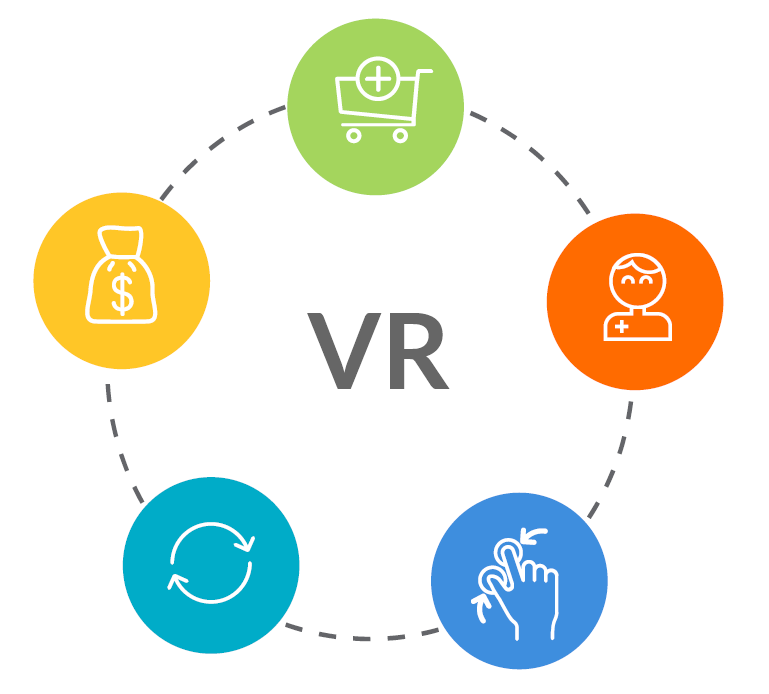
SAVE COST & TIME
VR allows you to use different kinds of simulations at any time in any place. No need to book your plane ticket to attend your next business meeting abroad or you don’t have to wait for your class when you can learn virtually any time. By using VR technology, many costs can be reduced or excluded, allowing you to save your money, such as; travel & fuel expenses, large space bookings, training equipment costs, energy, insurance, damage expenses and a lot more.
SELL MORE
VR helps improving your overall marketing experience for your brand. You can present your products efficiently in a manner that allows more profit, and business growth. At the same time, VR online markets provide customers with an easy and a pleasant shopping experience, it gives them the opportunity to explore the product they want to purchase, customize it and visualize it anywhere in real-time. Using VR to promote your products allows you to be up to date with the latest technology and will bring a good reputation to your brand.
RISK-FREE
Many types of training expose trainers’ life to dangerous situations, VR is a completely safe solution. Emergency training can be simulated as tough as in real-life without being exposed to these life-threatening risks.
INTERACTIVE
While regular classrooms can be very boring to students, VR allows further engagement to the presented subject. Not to mention that grabbing the learner’s attention can be easily achieved in VR through interactive features, graphics & sounds, all in all providing an effective learning experience.
REUSEABLE
VR technology is practical and can be adapted and applied in any field. It’s fast in performance and saves up a lot in terms of processes, operation, and manpower. In addition to that, VR experiences can be modified, recorded, saved and experienced all over again as many times desired.
Is VR the right tool for you?
Because VR has many benefits and flexible characteristics,there’s an endless possibility of creating realistic and out-of-real-world experiences. It has a wide range of applications in different fields and can solve many issues that were impossible to solve before.
ARCHITRCTURE & ENGINEERING VISUALIZATION
One great quality about VR that differs from other standard
computer graphics is the ability to sense 3D spaces. It is what attracts designers & engineers from across the fields to use this technology. VR provides a powerful platform for architects and engineers to create, design, prototype and present their work in real-time and to proper human scale. Users can walk through, explore the different parts of the virtual designs, and experience the exterior and interior of their creations alongside other customized features.
DATA & SCIENTIFIC VISUALIZATION
VR is one strong tool allowing you to build, present and visualize scientific information and statistical data efficiently. For example, simulating forces, dynamics behavior, and airflow around complex 3D digital models. Information can be analyzed and explored further in real-time to determine the unstable areas and weak spots of the 3D model. Large-scale models can be visualized without the need of physically building then. At th same time, non-visible small-scale scientific information can be easily simulated in VR and investigated in a proper scale. Such as chemical molecules and their reactions.
TRAINING & EDUCATION
Perhaps the most serious use of VR is in Training Simulations. VR offers users the ability to learn and develop skills within a virtual environment without worrying about failures and consequences. Some of the most common types of Virtual Trainings are, Military
Training, Space Training, Flight & Vehicle simulators, Medical & Surgery Training, Industrial training, Firefighting and Evacuation emergencies. Others include, Sports coaching, Virtual Classrooms, and Virtual field trips through time and space.
TRAVEL AGENCIES
Travel Agencies can profit more by providing their customers with virtual tours of what would their favorite holiday destination look like. Other services might include helicopter urban virtual tours.
ENTERTAINMENT
At the moment, some of the most common VR applications are VR video games and movies. The entertainment industry is a running business and investing in such technology has big rewards in return. There will always be this new big hit game releasing soon, or a new movie, the sky is the limit for this industry! While creators are keen to create the best entertaining and immersive piece of work, VR is here for that and more. Also, VR breaks the boundaries by allowing people to attend their favorite band live concerts or sports matches, without the need of being physically there.
HEALTH & THERAPHY
VR can play a major role in curing certain mental illnesses. For example, people with anxiety, post-war trauma, disabilities, and certain phobias can benefit from VR therapy. Experiencing soothing immersive virtual environments allows releasing a great amount of stress and improving the overall mental health.
PROPERTY & ESTATE AGENTS
VR tours help people to view different types of properties all in one place without the need of visiting the sites physically. This will save a lot of time and effort, as it’s easier for buyers to review properties over and over without the need of organizing meetings with agents.
BRANDING & MARKETING
Right now, branding new products can be efficiently done through VR. How many times did online shopping fail to present the product exactly as it is to customers? Shopping through VR solves this issue easily, customers can explore and observe the products they want to buy in 3D, customize it, and purchase it without the need of going to the store.
How to create your first VR experience ?
Now you would probably want to try this technology on your own. The very first questions that will cross your mind are, how does VR work? How do I start creating my own VR experiences? What tools do I need? Whether it’s for 3D visualization, gaming, or movie streaming, in order to start making your own VR experience you need to make sure that you have the right tools. One powerful tool to create VR scenes is SimLab Composer. It provides a complete 3D visualization and simulation tools required to build fully immersive experiences. Regardless of your field or profession, you can follow these easy steps to create a VR experience in Simlab Composer.
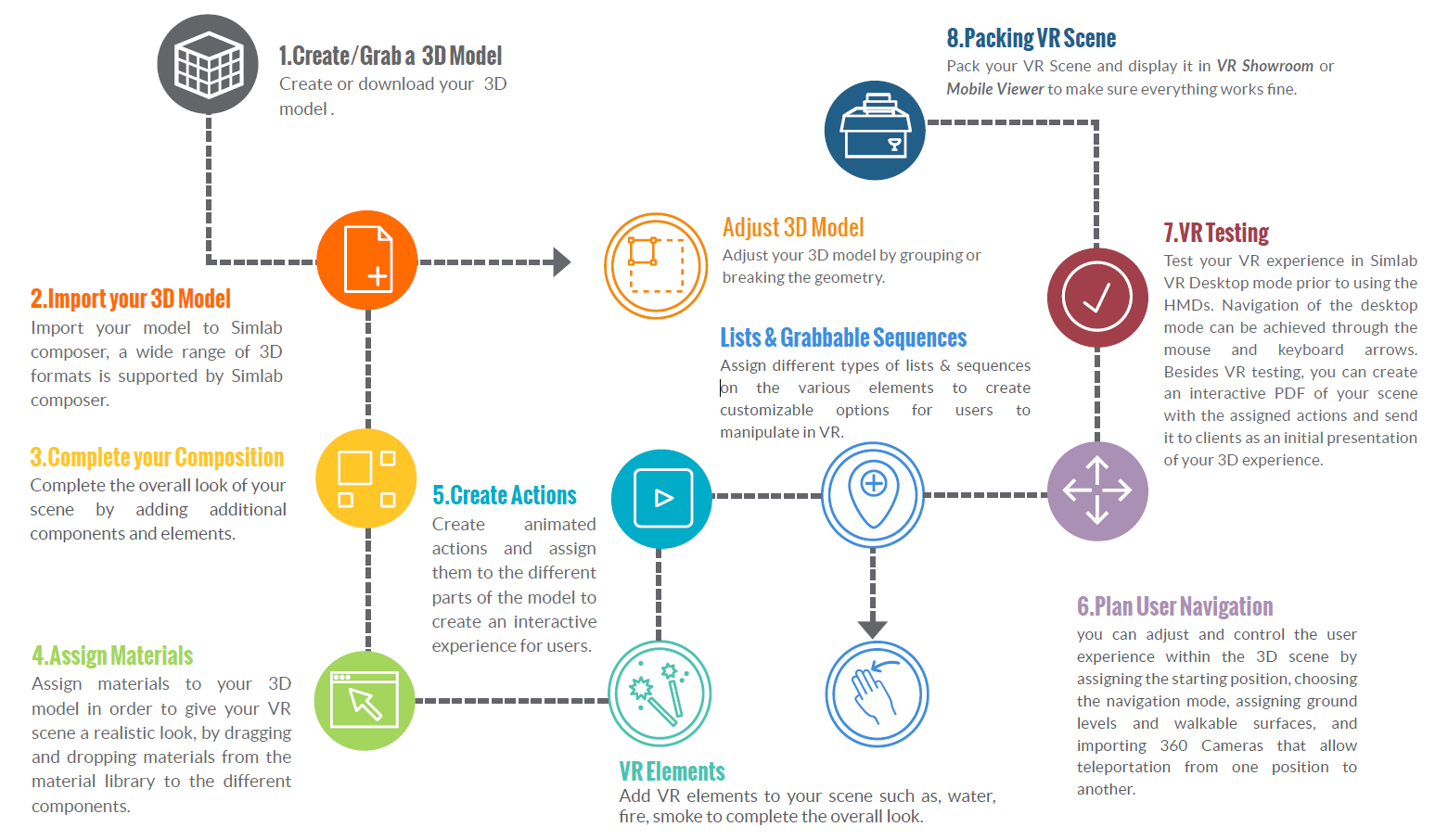
How to navigate through your first VR experience?
Once you receive the VR packed file, you can open it through Simlab Showroom Viewer. Simlab Showroom viewer is available for free to users who want to view their Simlab VR packed scenes either by Computer desktops or HMDs (HTC Vive and Oculus). Another option is to use Simlab VR mobile viewer to open your packed scene, which is also available for Android and iOS for free. The following is a map chart showing briefly the user’s navigation process.
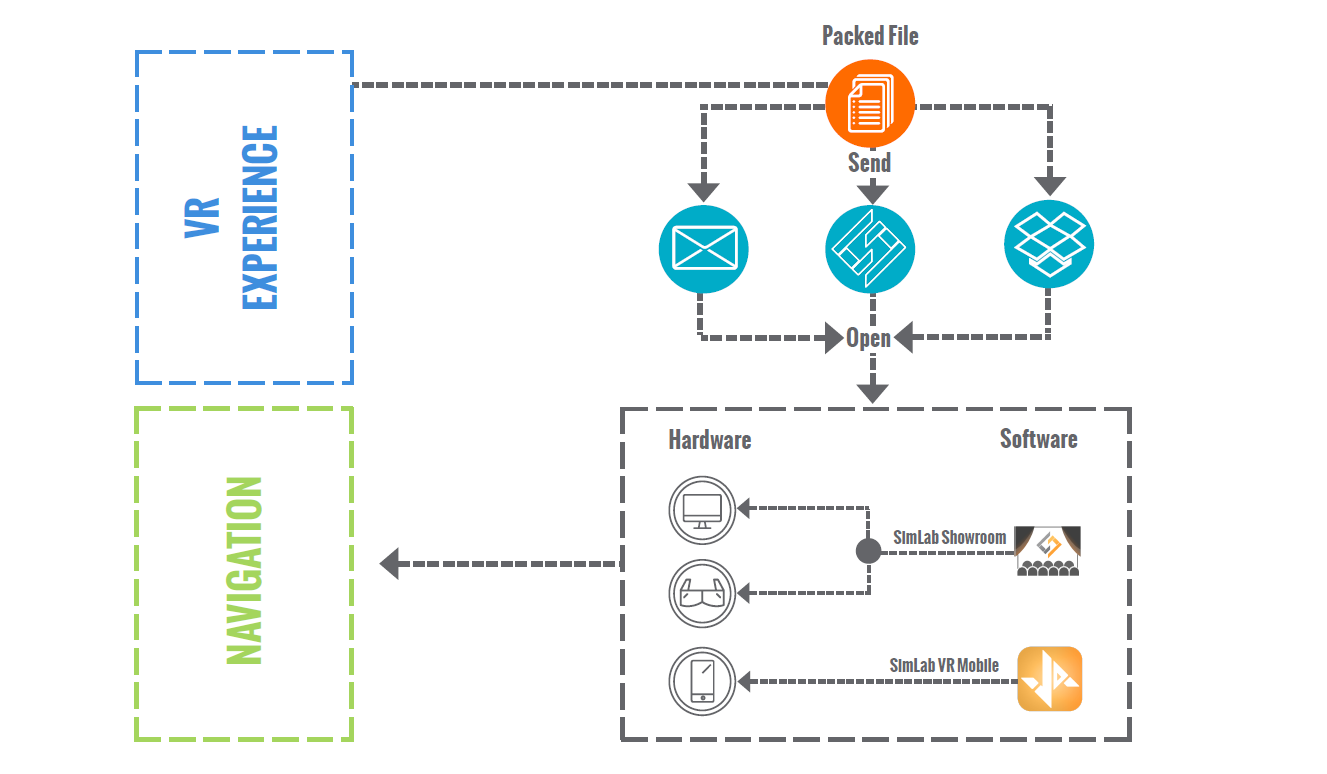
Back to the debate of whether VR is going to continue or disappear, VR is a still growing industry and what’s clear for now is that this technology is already here! It’s all about how further the level of refinement and development this technology can reach. As long as there’s a continuous value coming from VR then there’s no reason for it to vanish anytime soon. But, we owe such complicated technology some time to take it to the next level.
